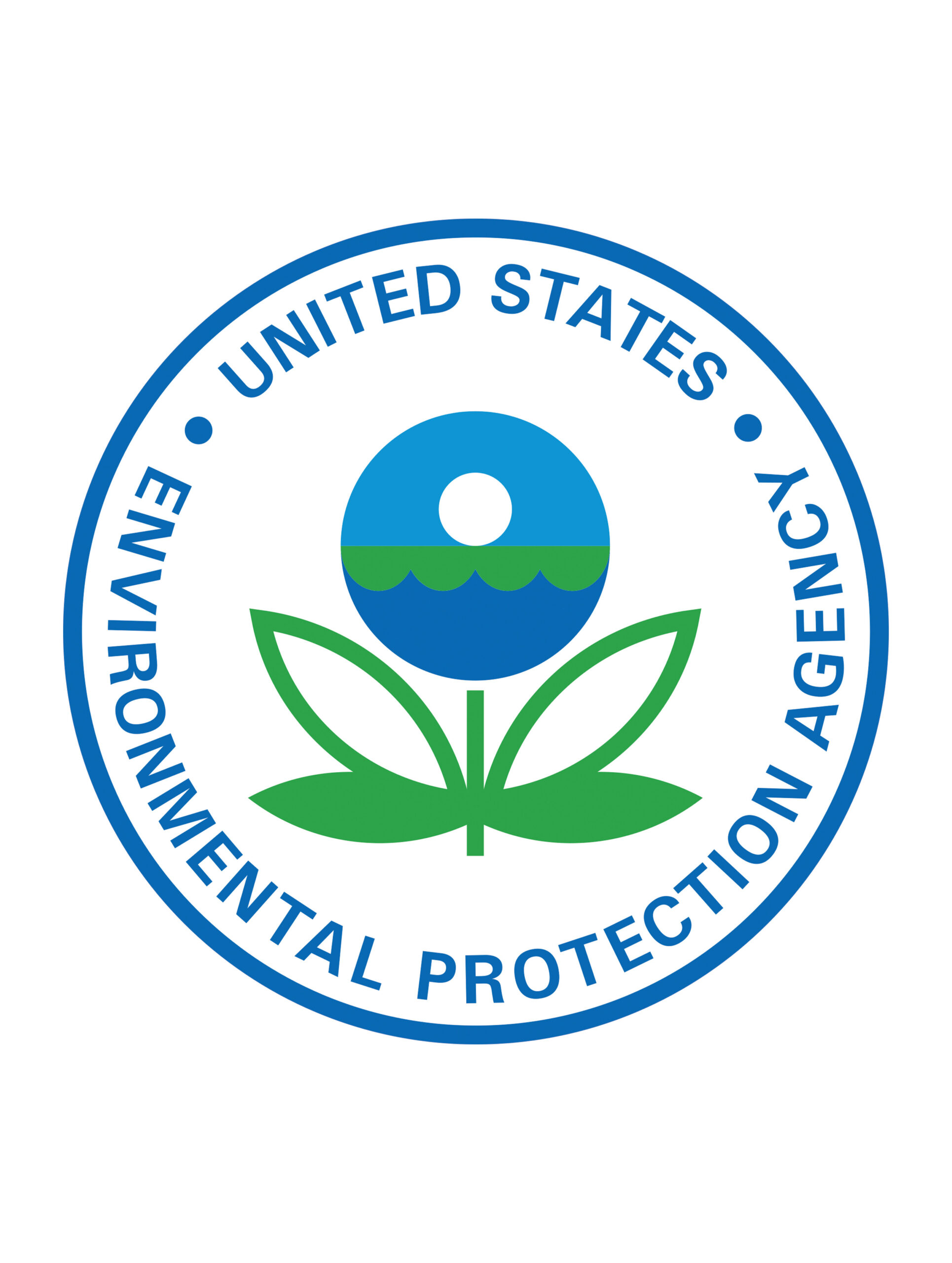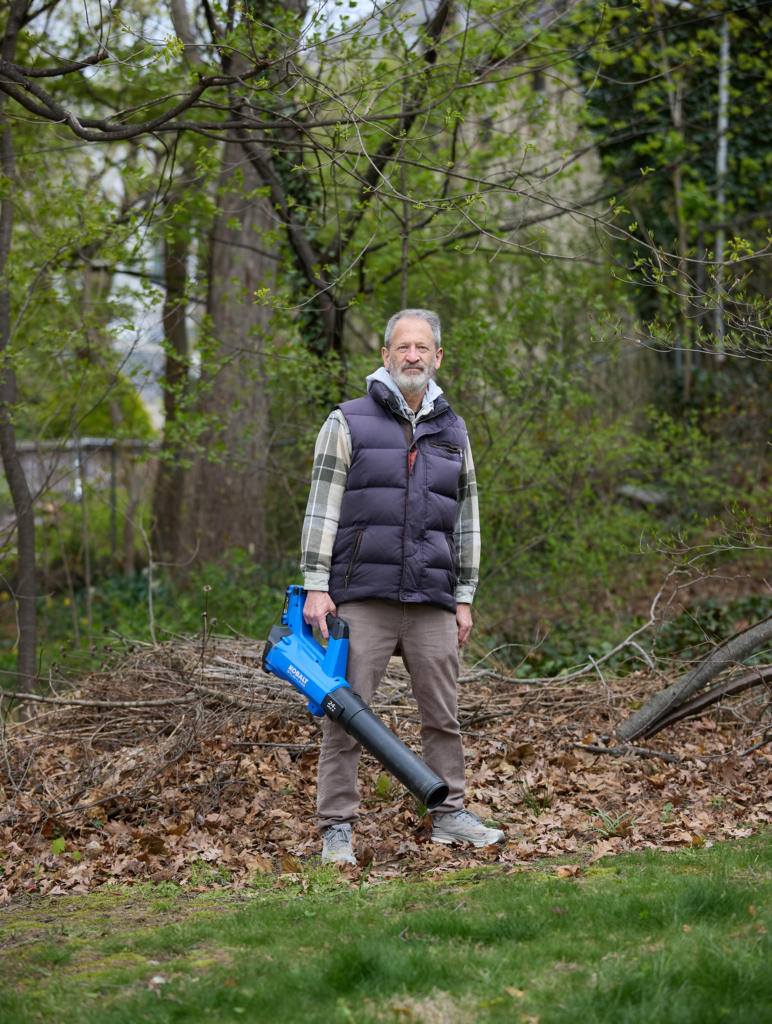Tighter air pollution limits announced by the EPA on February 7 should have Philadelphians breathing easier. The new rule sets the limit, averaged over a year, of nine micrograms of tiny soot particles per cubic meter of air.
“This final air quality standard will save lives and make all people healthier, especially within America’s most vulnerable and overburdened communities,” says EPA Administrator Michael S. Regan, quoted in an agency press release.
Fine particles of air pollution, smaller than 2.5 micrometers (for reference, a human hair is about 60 micrometers wide), can be inhaled deeply into the lungs and can even make it into the bloodstream. There they can cause or worsen conditions such as asthma and heart disease. The EPA estimates that the new rule will avoid about 4,500 premature deaths per year.
Soot is produced directly and indirectly (through chemical reactions in the atmosphere) by burning fossil fuels and by some industrial processes. Most of the country’s air currently meets the new standard, though Philadelphia and neighboring Delaware and Camden Counties do not.
“Pennsylvanians deserve better, and the EPA’s new standard can facilitate that by bringing about cleaner air,” says Pennsylvania State Representative Chris Rabb, quoted in a PennEnvironment press release.
In most of Pennsylvania the responsibility for enforcing the new standard will fall to the state’s Department of Environmental Protection, but in Philadelphia air pollution regulation is the responsibility of the Air Pollution Control Board and the Department of Public Health.
According to Zach Barber, a clean air advocate with PennEnvironment, authorities can reduce the permissible emissions limits from existing or planned industrial facilities. Otherwise reducing the soot levels is a question of lowering emissions from fossil-fuel-burning vehicles. “It puts more weight on efforts to promote electrification and other emissions-reductions in the transportation sector,” he says.
Barber says that counties with higher soot levels aren’t alone in the effort, since air pollution crosses political boundaries. “There is a lot of regional contribution here. Setting a lower standard is helpful so more places will go back to make reductions,” Barber says.








